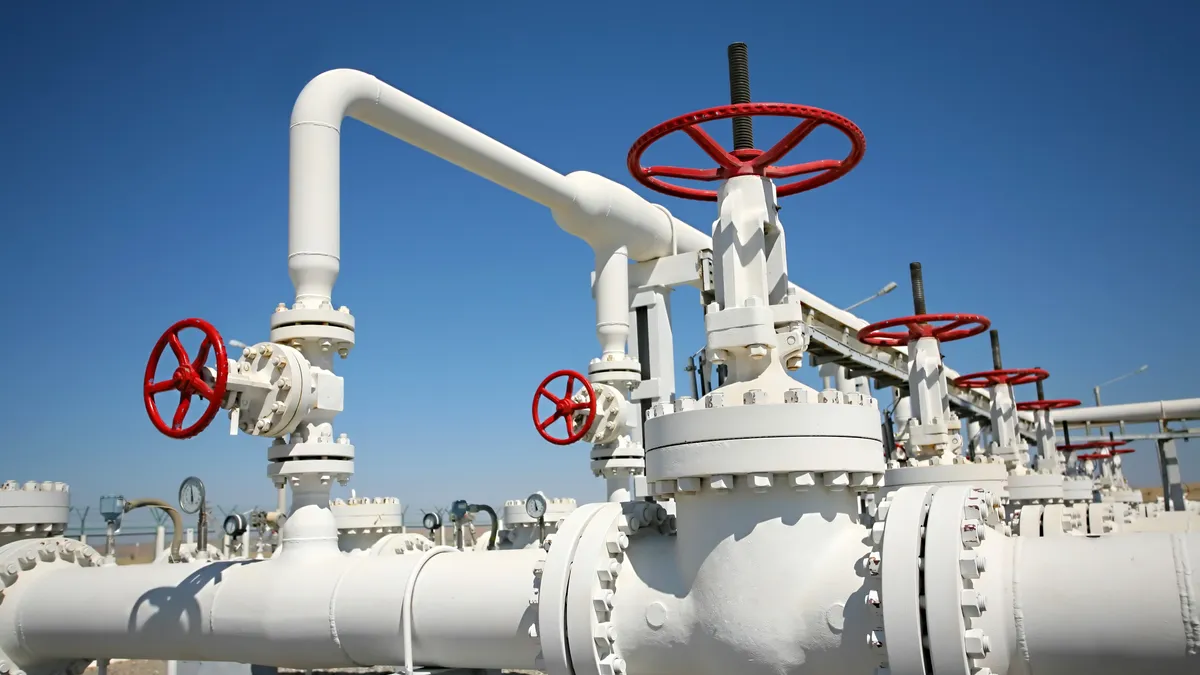Burçin Unel is the executive director of the Institute for Policy Integrity at NYU School of Law, where Jennifer Danis is the federal energy policy director.
As winter approaches, fears are mounting that parts of our energy system could fail again during severe weather. Many experts around the country are working to ensure that the grid remains reliable, as well as affordable, as the transition toward cleaner energy accelerates: This was a major topic at Thursday’s Federal Energy Regulatory Commission technical conference.
In this national effort, some things are almost universally agreed upon, like the need for more transmission lines, accelerating the buildout of renewable resources, and harnessing the power of consumer-side demand reduction measures. It was clear at FERC’s recent open public meeting, and in their just-released report, that ensuring the reliability of our nation’s gas system is also a top priority.
Whether the commissioners believe in or are prepared to fully exercise authority over the gas system to do just that is an open question. But there is a more fundamental, gaping question in energy governance: ensuring the reliability of our energy system requires assessing and modeling our existing gas system, especially its interdependencies with our electric system. You can’t make sure something works reliably without first studying how it works.
Our failure to study the existing gas system has all sorts of real-world consequences. For one, FERC continues to approve every gas infrastructure project, asserting that the public needs every newly proposed interstate pipeline without real analysis. These approvals are at odds with the urgent need to rapidly decarbonize our energy system. But the question of whether the public needs more gas infrastructure does not have an obvious — much less monolithic — answer, as one FERC commissioner suggested that it does.
The entity responsible for setting reliability standards for our electric grid — the North American Electric Reliability Corporation — has agreed that regional gas systems must be analyzed in order to assess infrastructure needs and options to solve thermal generation problems that arose during extreme weather events, such as Winter Storm Elliot.
But FERC has been debating this question without taking action since the brutal winter storm events of 2011, despite clear market problems. During this dozen years, gas-fired electric generation has remained a considerable part of the electric grid reliability problem during key winter storm events.
It is clear that there is a mismatch between who signs up for firm gas capacity — which doesn’t get curtailed when interstate pipelines are running close to full capacity — and who needs it. Local distribution companies — utility companies that serve retail customers — have been signing up for firm capacity and passing the high costs along to their ratepayers. Gas-fired electric generators, however, purchase gas that may render them lower priority for delivery, even in times of critical need, because they still have to compete in the energy markets in which they participate.
The question of whether more gas infrastructure is necessary cannot be answered without understanding who might need it, how they may need it delivered, and where they may need it. FERC cannot just assume the answer is always “yes.”
This infrastructure question cannot be answered without understanding what less-expensive, non-pipeline alternatives might provide remedies for any regional system constraints, and whether the customers who are paying for the new infrastructure are the ones who will use it. It certainly can’t be answered without modeling existing gas systems and understanding the implications of rapid changes to those systems from growth in electric heating, building decarbonization policies, and shifting operational profiles for gas-fired electric generators as our electric grid decarbonizes.
Many reliability problems may be unrelated to physical gas infrastructure. Gas-fired electric generators’ significant failure rates during critical storm events appear to be predicated on weatherization, market design and scheduling. If we continue investing in new, additional gas capacity, we may fail to solve these problems while increasing costs at a time when we also must invest in new generation technologies and transmission to address climate and air pollution. If we build gas infrastructure blindly, one thing is certain: rates we pay for energy will be neither just nor reasonable.
FERC has the authority and the obligation to study the problem. As the steward of both our gas and electric systems, it’s past time for the commission to protect consumers with studies and associated solutions that lead us toward a reliable, cleaner energy system.






















